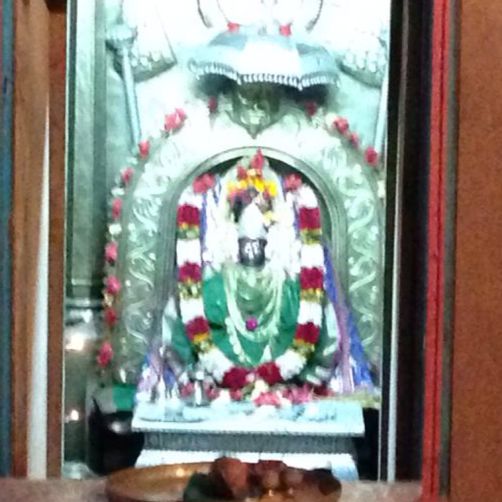Jagirdar
Jagirdar was the de facto ruler of the territory, which be received and was able to earn income from tax revenues and had magisterial authority.
Jagirdars were monarchs of the territory granted to them and were the highest form of nobility. It was form of royalty in India
EXAMPLE OF JAGIRDAR
● Bhonsle dynasty received the Jagir of Poona and a majority of villages near Satara. from the Mughals
- The Bhonsla/Bhonsle dynasty received the Jagir of Nagpur/Berar
● Gaekwad royal dynasty of Baroda received the Jagir of Baroda from the Peshwas
● Holkar royal dynasty of Indore received the Jagir of Indore from the Peshwas.
● Scindhia royal dynasty of Gwalior received the Jagir of Gwalior from the Peshwas.
● Jagirdars (Rajas) of Waghere ,
Kale clan.
● Nimbalkars of Phaltan received Jagir of Phaltan by the Mughals
● The Puars recieved Jagir of Dhar and Dewas from the Peshwas
● The Jagirdars of Poonch
- The Bhonsle received the Jagir of Savantwadi/Sundarwadi from the Savant dynasty of Konkan and also the "Savant family name as a title for "Raja/Maharaja", license to rule a part of their kingdom.
● Bidhwan jagir of 90 villages given to Jaglan Jats in Loharu Princely State
● Chaube Jagirs: British Raj protectorates
● Hasht-Bhaiya jagir during British Raj that was originally under Princely State of Orchha
● Kapshi was a Princely State Jagir in Bombay Presidency of British Raj Ranpur Sorath was a senior jagir of the Babi Dynasty of Junagadh state and the ruler of Ranpur soath used the title of Namdar Darbar saheb and his younger brother was given the Jagir of Devgam. Ranpur sorath and Devgam are the descendants of Namdar Darbar saheb Sher khanji Babi Bahadur, uncle of the first Nawab saheb of Junagadh state
and etc.
